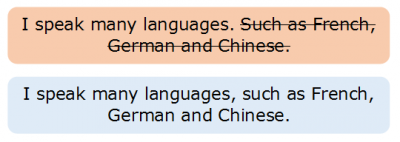

The lamps as sculptures seem to allegorically echo brass instruments as if portraying musicians. As if embroidered, the metal surfaces become paintings. Within its affirmative fragments of color pattern it repeatedly contains fragments of text always and all through relating to ideas of redemption in its many facets and is topped and illuminated by real and individually produced lamps, welded and constructed with cutoffs of old garden fences and with relics of old Mexican chandeliers. They are still-life-ing by still leaving a gleam through violet and multicolored dots like murals of shadow patterns cast onto the garden walls like embroidered lace in the dark look of an installation that introduces a sense of an almost traditional presence of the language of color awareness. The exhibition consists mainly of fences, flowers and texts and the photos express the particularity of the way all these objects look in the moment of special light like in the moment of the very first appearance of the light of the day.

#BRASS FRAGMENTS MEANING FULL#
The exhibition appears as a collection of objects in full bloom presented in very early morning dusk, complete with silver roses embedded in cheap hardware chains. Posters of different times and themes, the photos and the reappearance of the older work in context of the recent works, like the lamps built out of broken and repaired elements are introducing the theme of redemption. In the concept of division of divine labor the angel’s work is called repair and the prophet’s working of the divine force is mediated by telling it. The two main model ways are deriving from the mediation model angel and prophet. As the work of redemption is not directly, not primarily a work of creation, it is not productive in the profane sense, and should not be considered and legitimated by rules of productivity, it still is, the first and dominant force. The first is provided in the model of the works of the angel and the second is in the works of the prophet. There are two models of these mediative works. The exhibition in the gallery House of Gaga somehow repeats certain aspects of earlier work, but at the same time tries to return with it with a particular awareness to repeat them as exercise of redemption, accompanied by texts investigating and clarifying the idea of redemption, for instance about the difference of photographic and redemptive subjective exercise, both dealing for instance with a certain (and possibly lost) moment of the past.Ĭertain theologies relate to how redemption could be practiced or how it could be mediated. The three terms of the title enumerate some of the basic exercises which constitute the works of the artist.

Redemption, with partial disablement and circumventionĮDITION, REPETITION, COMPETITION AND JEWELRY OF FLOWERS AND OF REDEMPTION


 0 kommentar(er)
0 kommentar(er)
